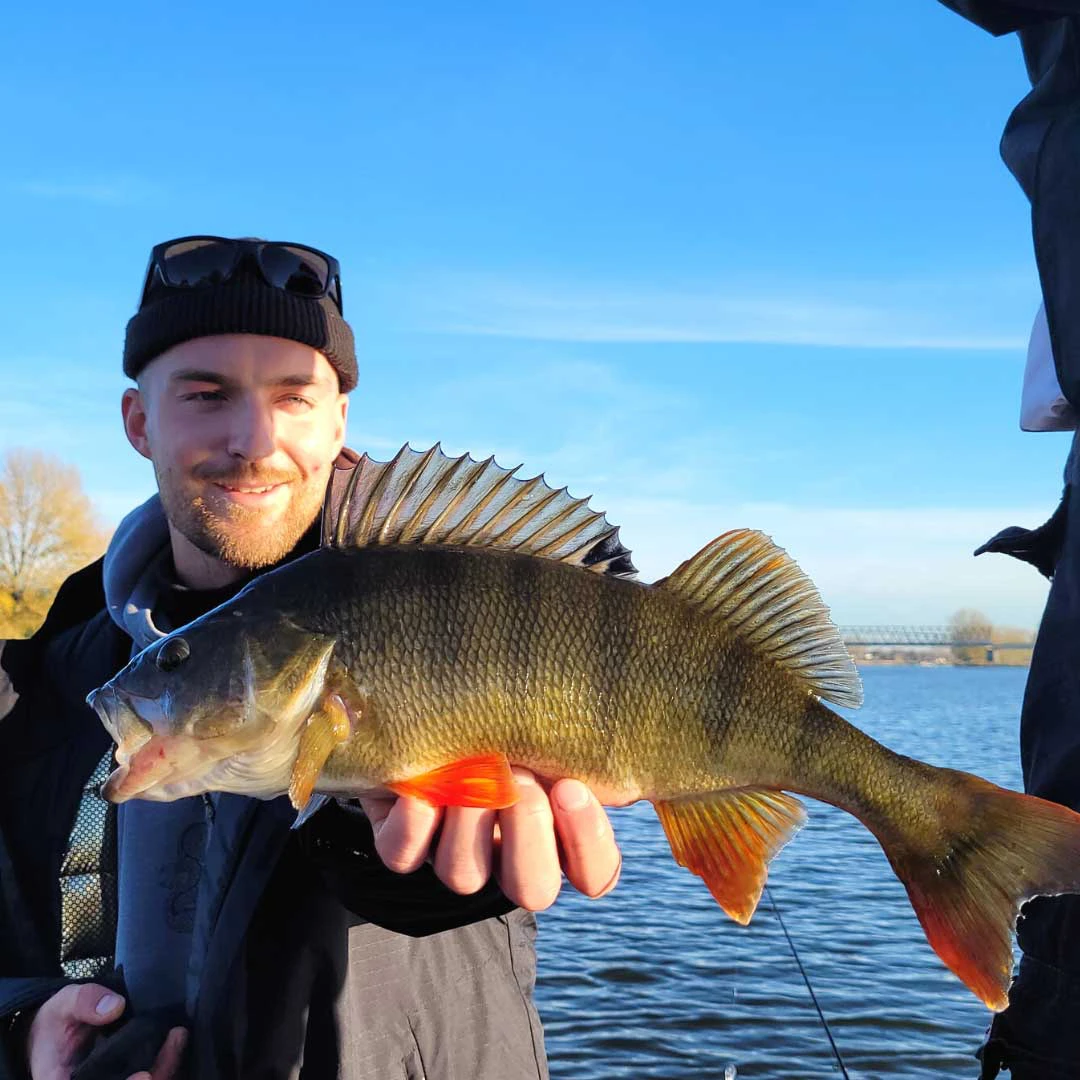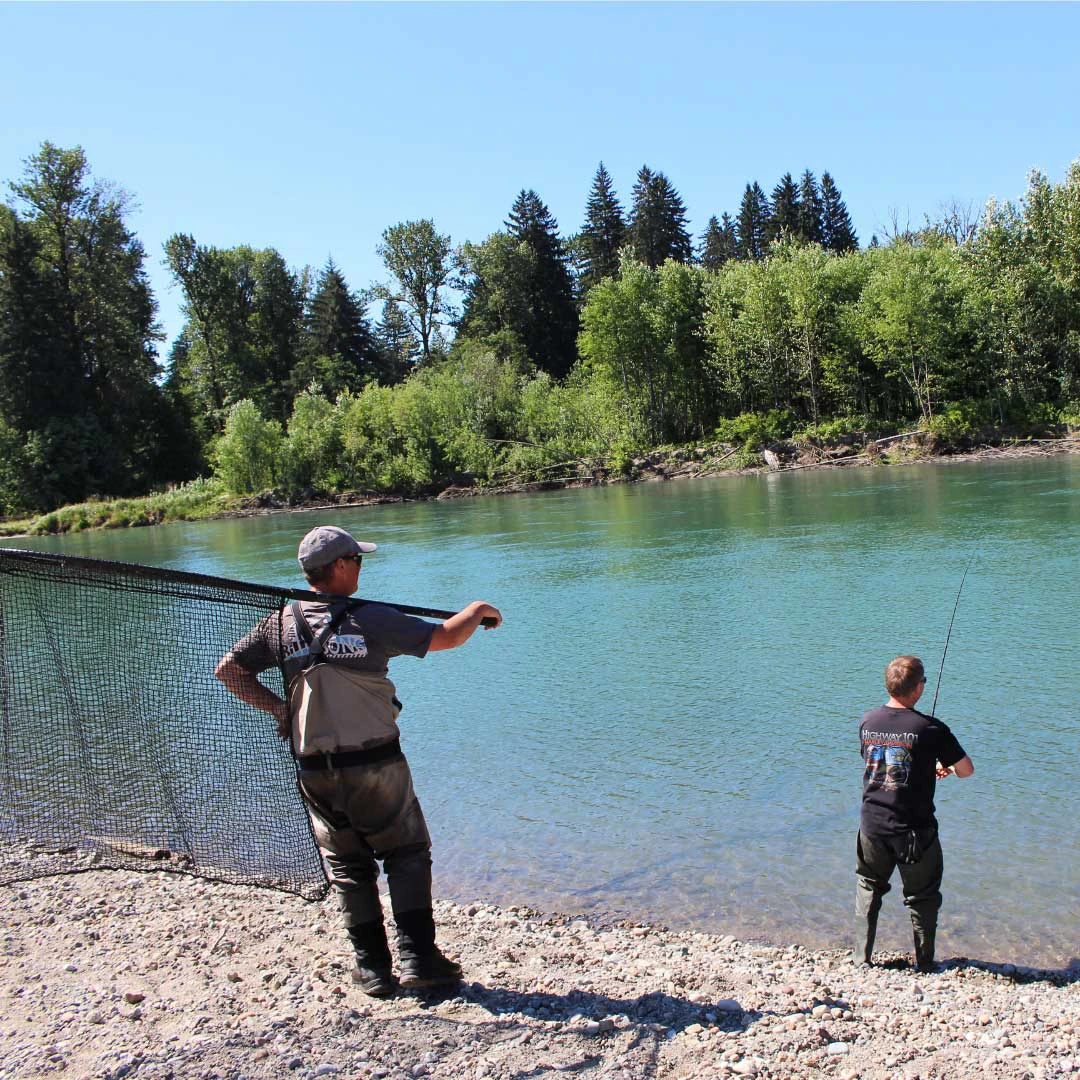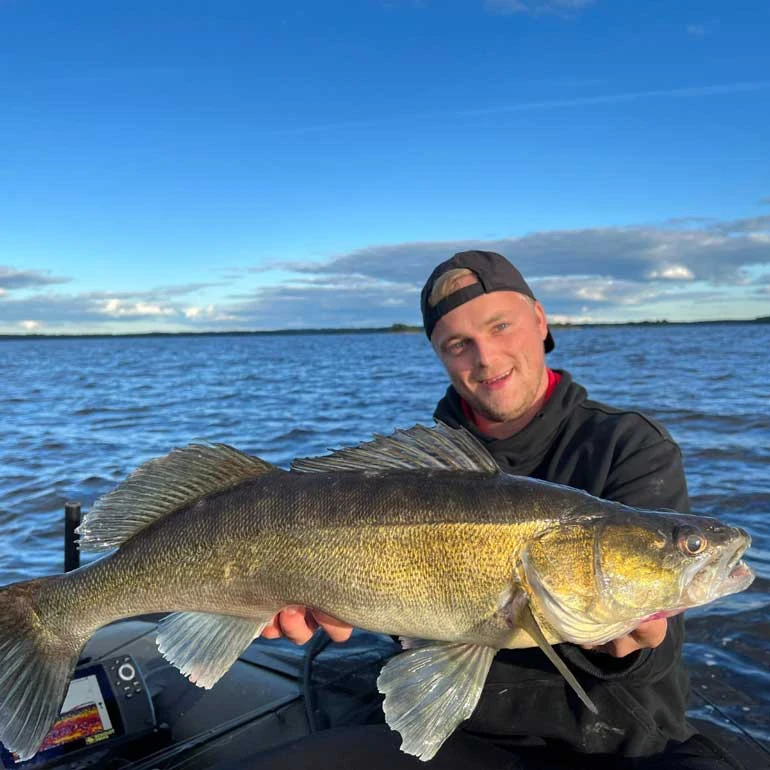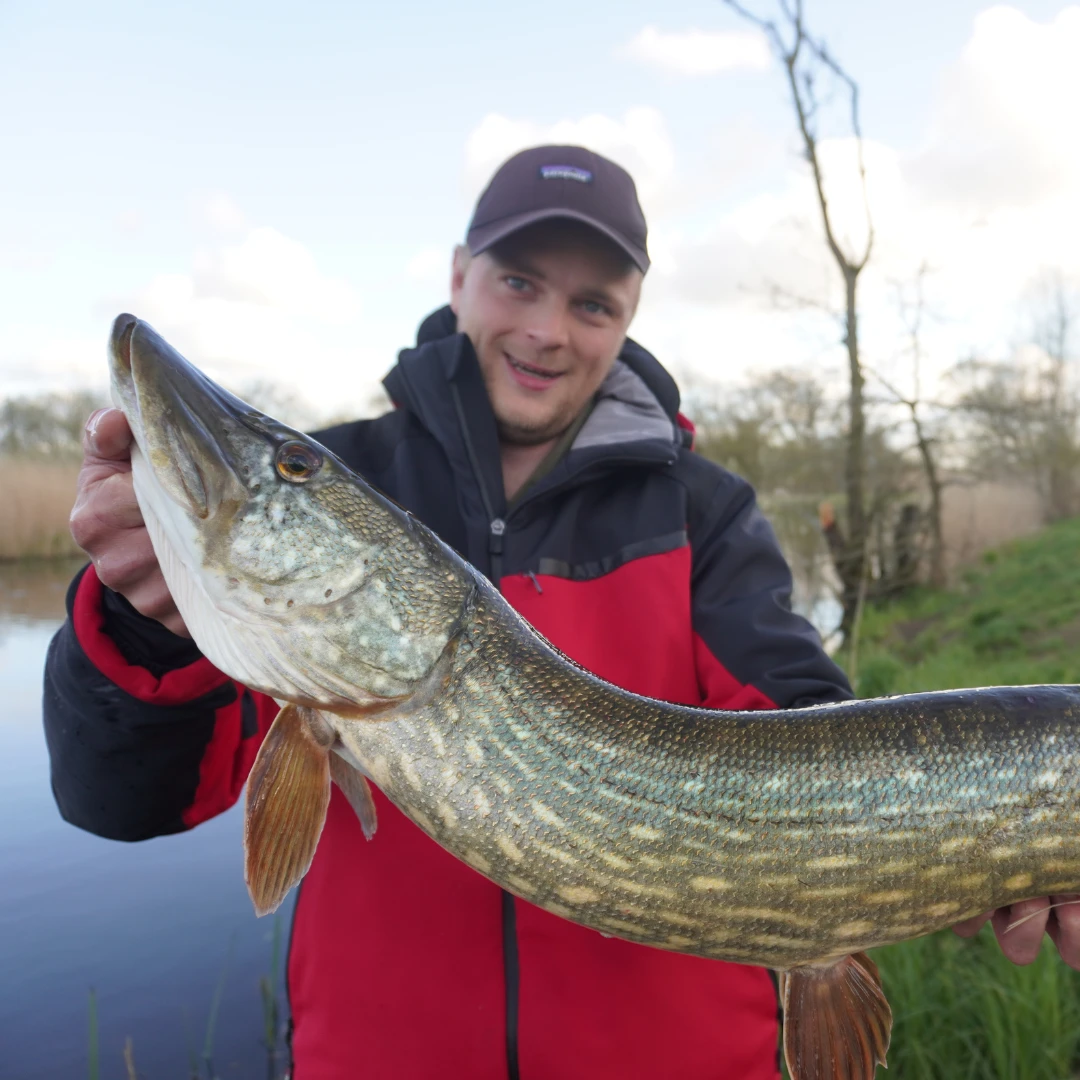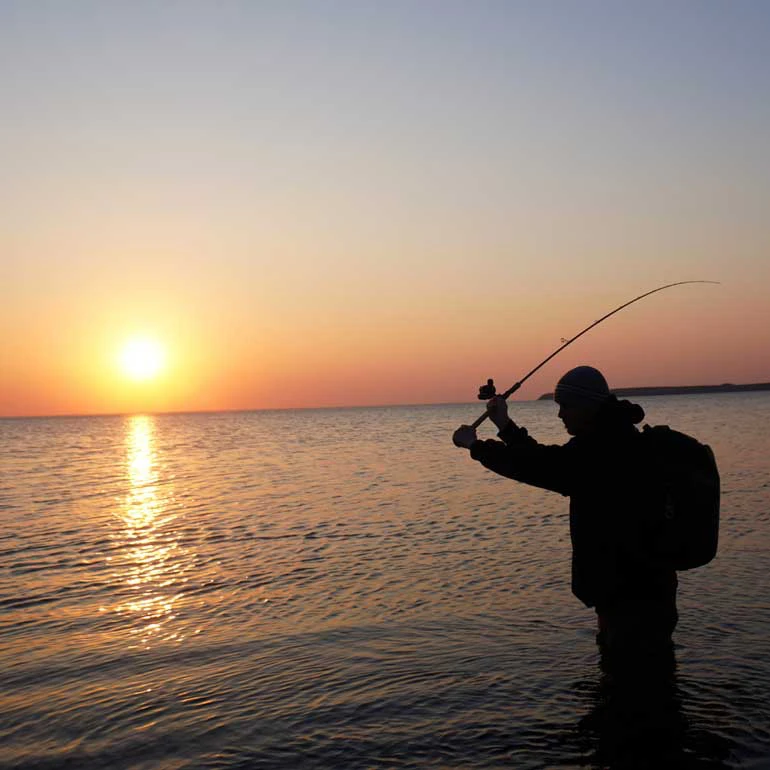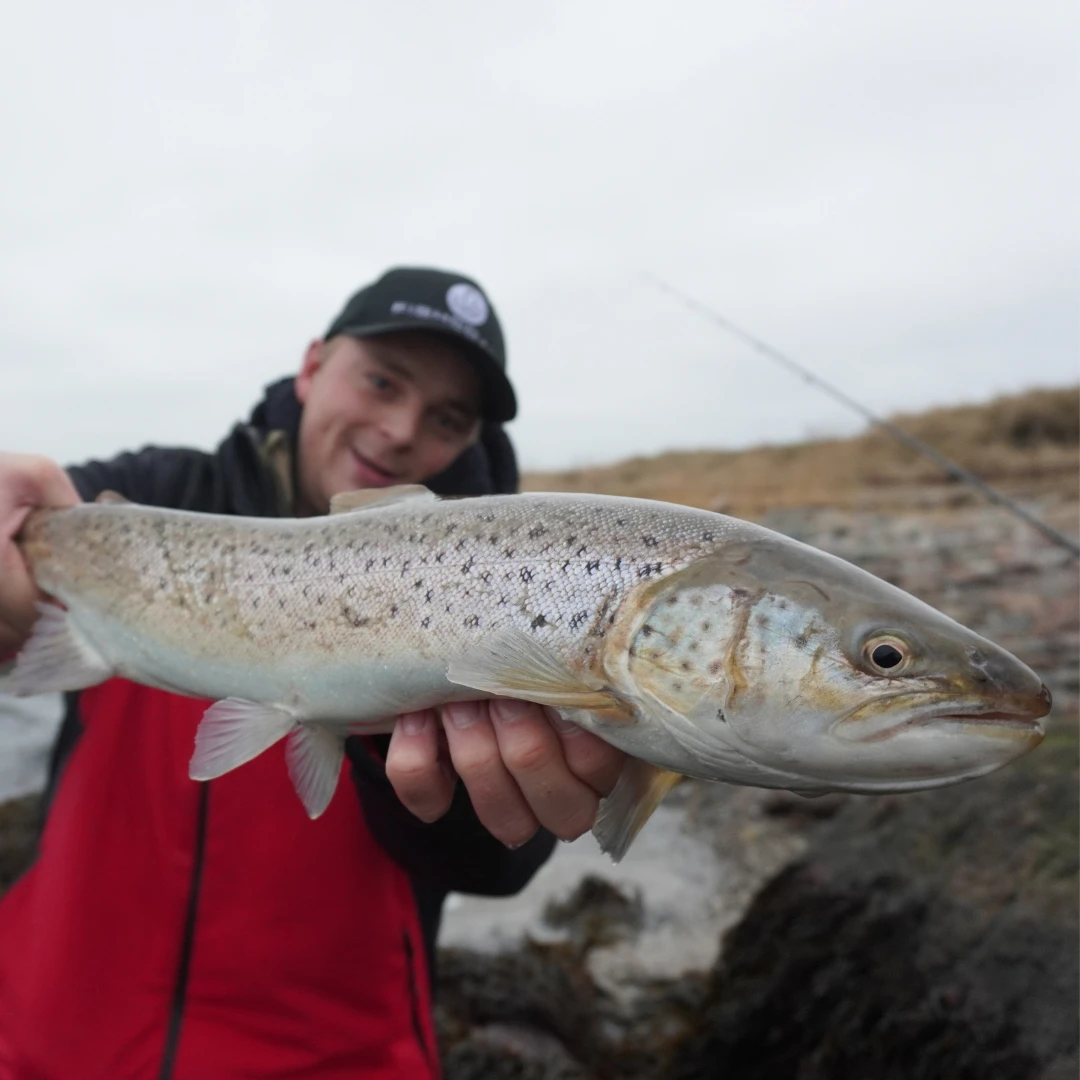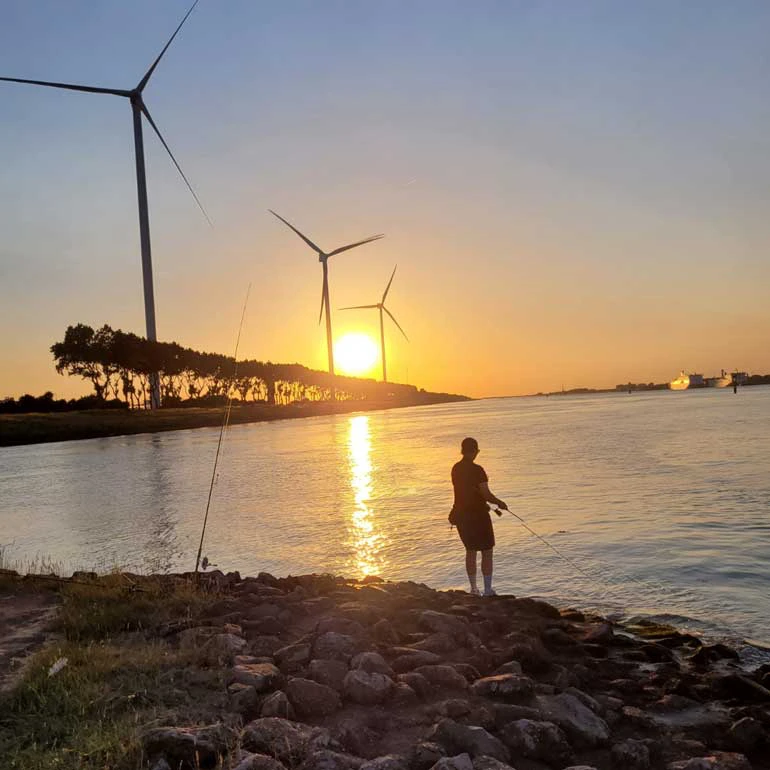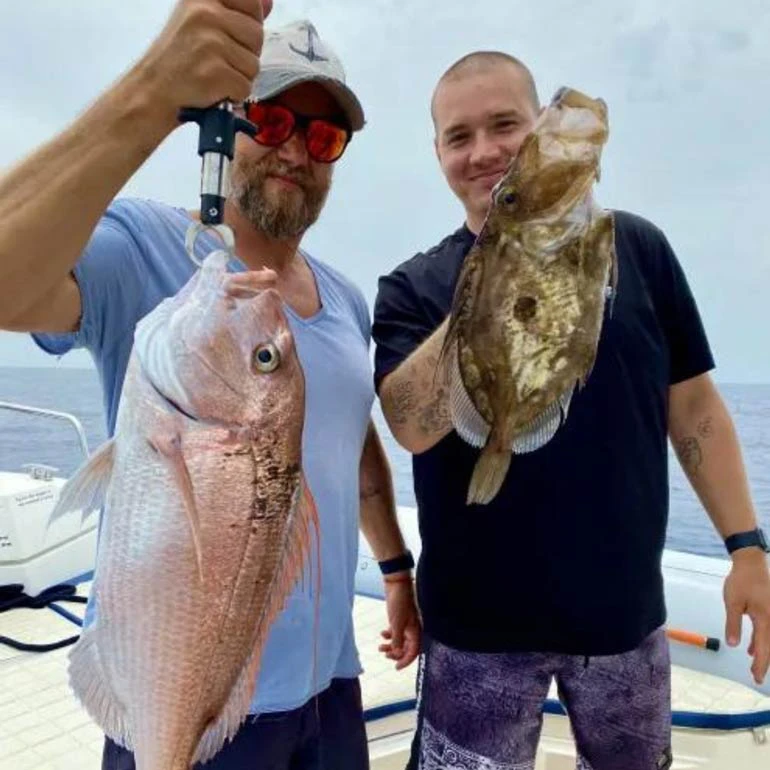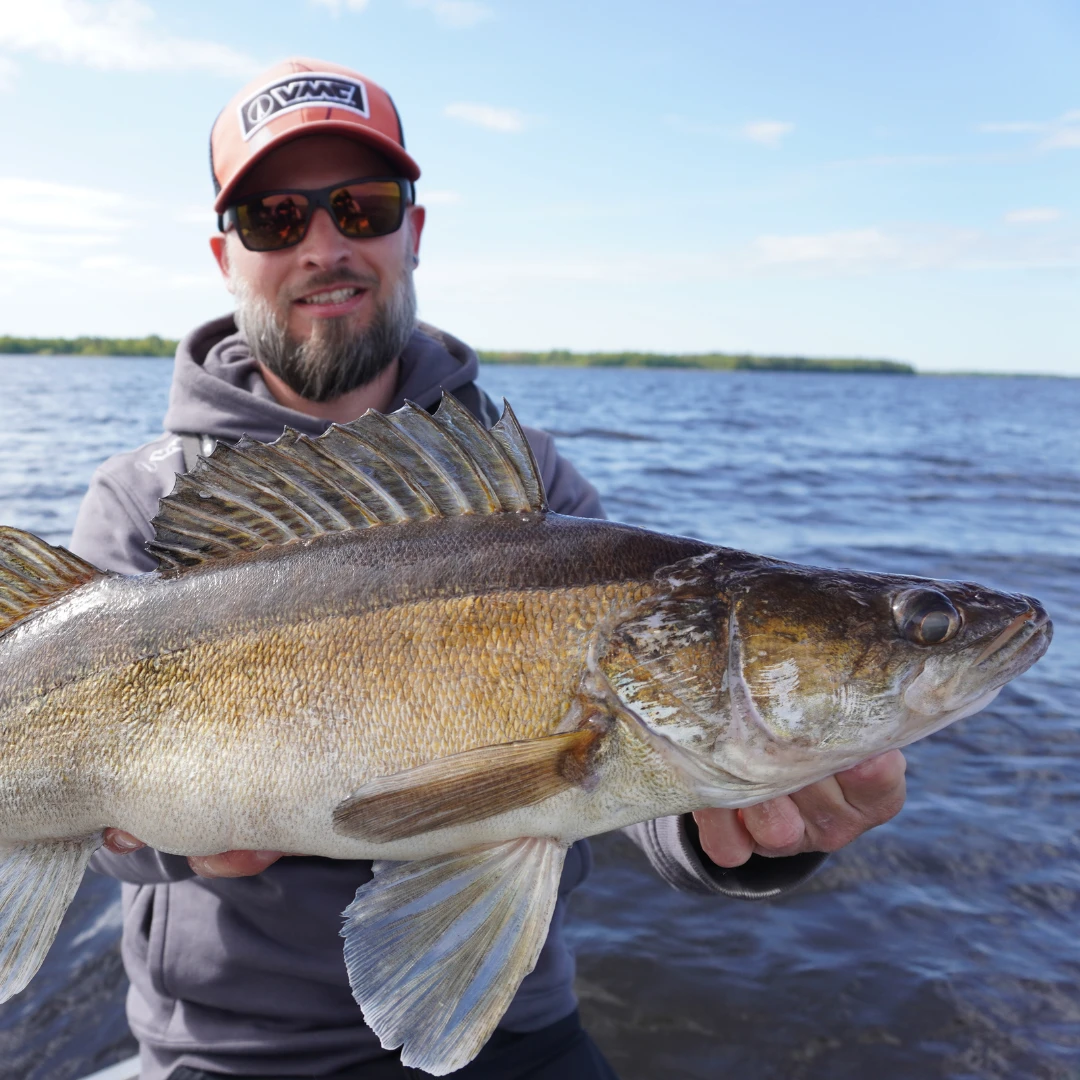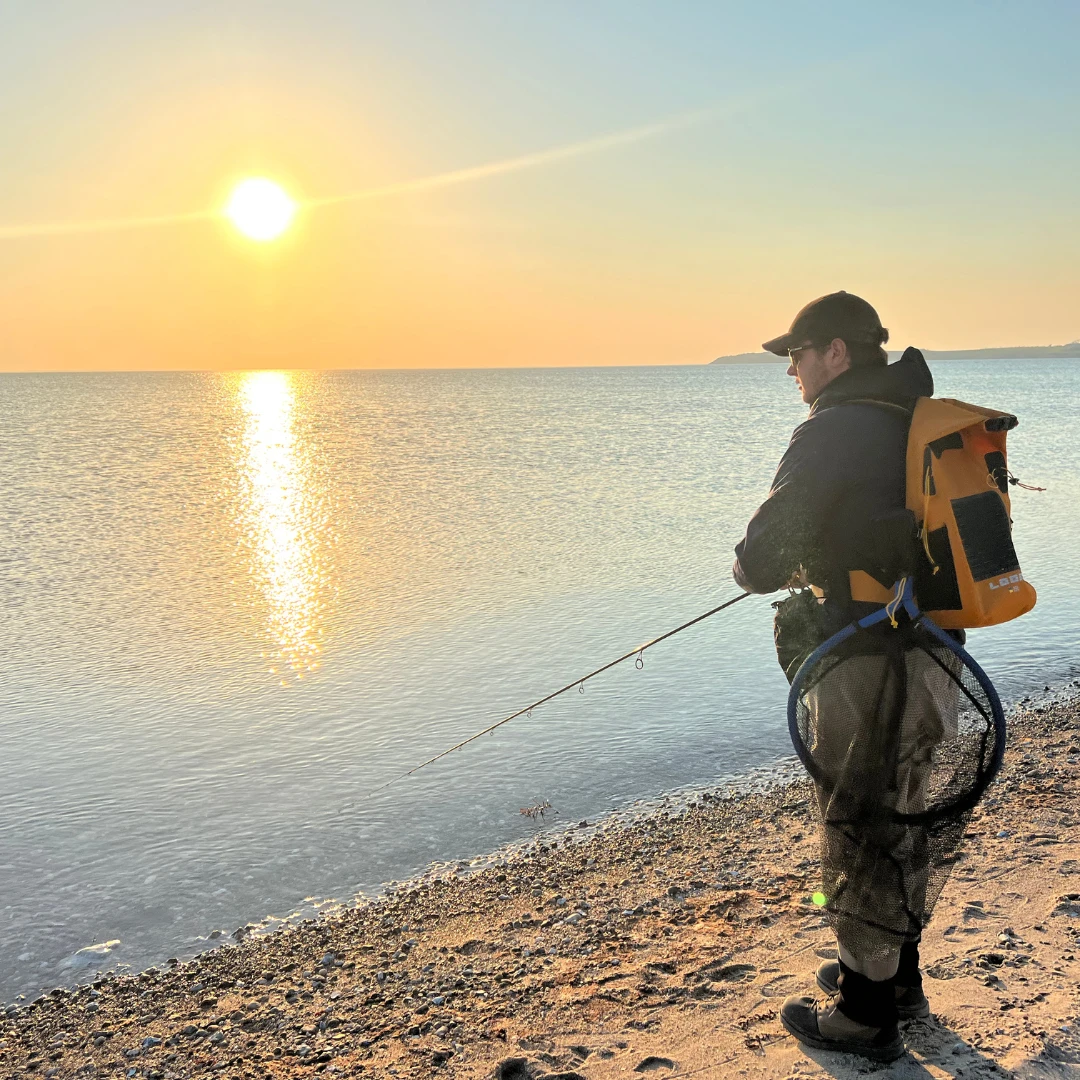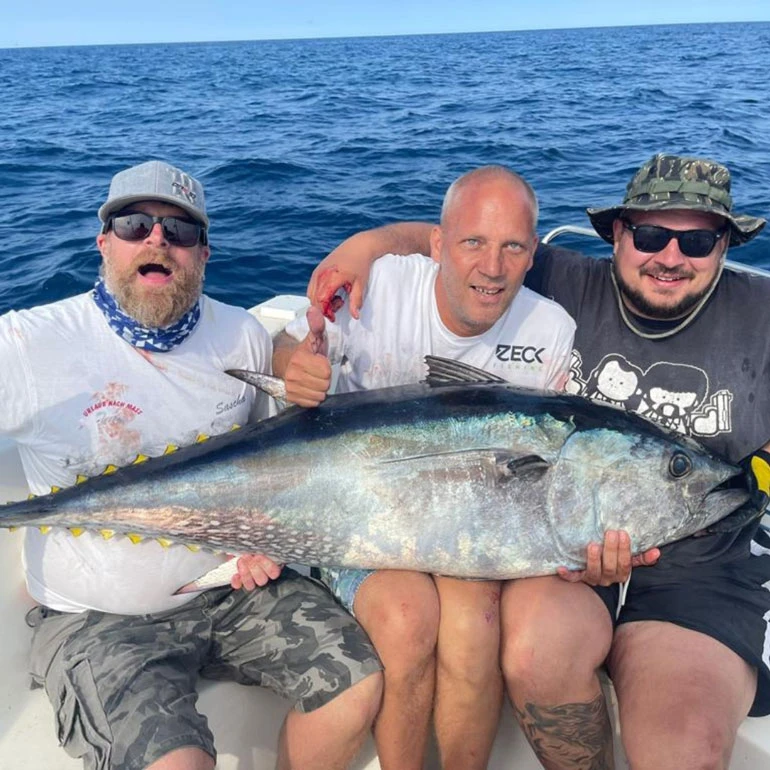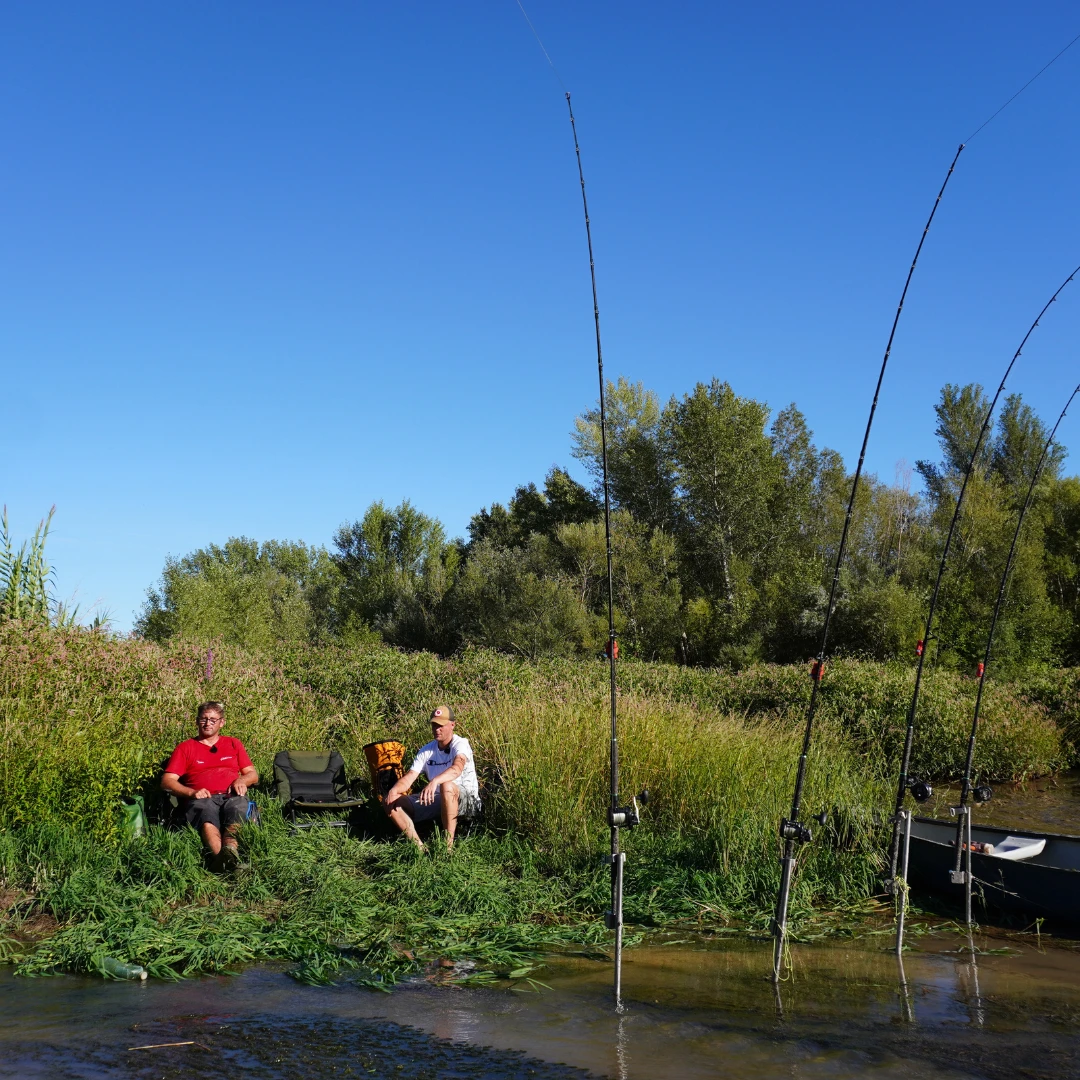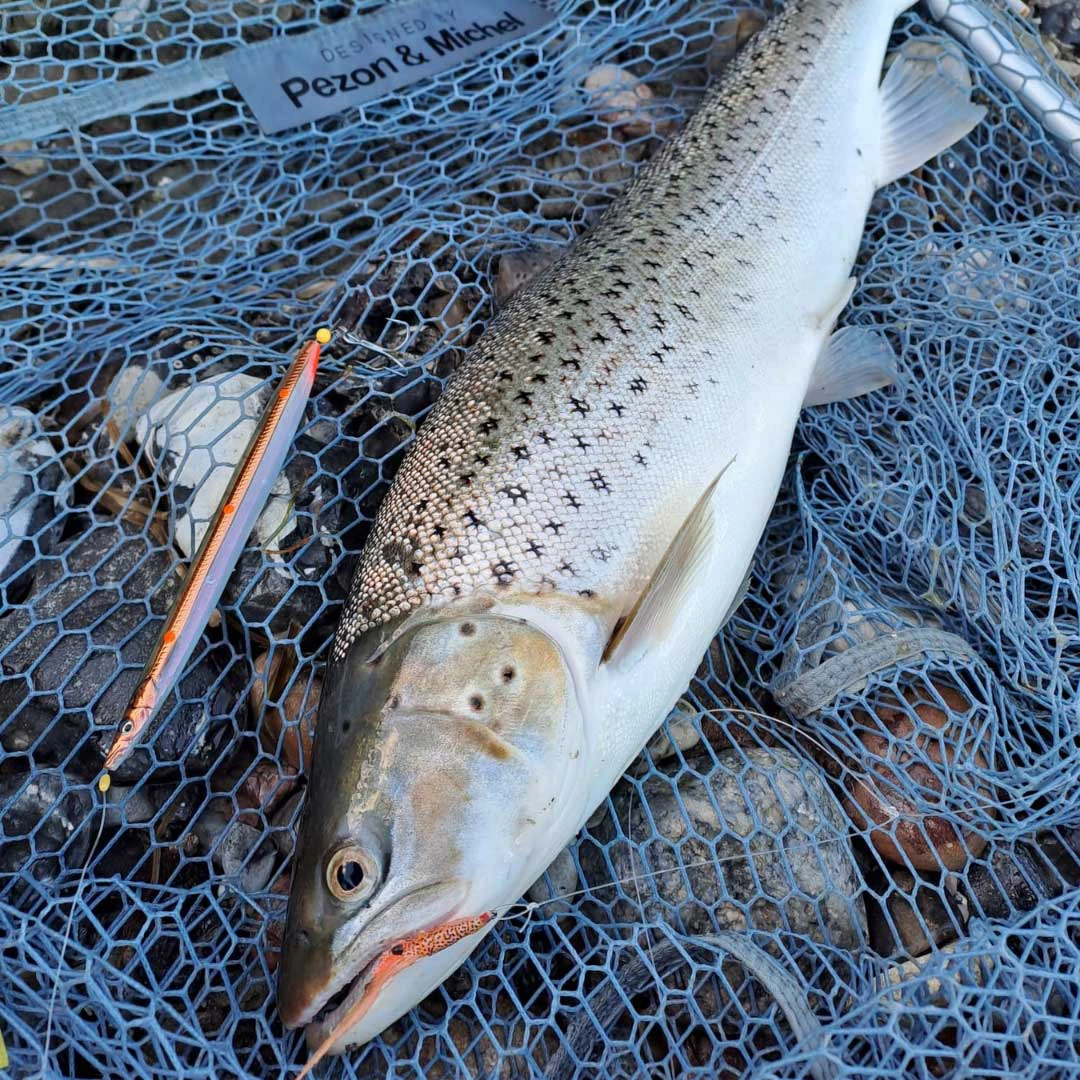
20
Sep
Trout Fishing - Tips for More Fish!
Trout Fishing - What Is It?
Trout is one of the most beloved fish among predatory anglers. Whether wild or farmed, both types of trout possess a unique allure. Trout, whether wild or cultivated, are known for their keen senses, particularly their lateral line organs, which make them highly responsive to vigorous and flashy bait. This holds true for trout in small streams and rivers, as well as those in trout lakes. However, fishing in these two types of water bodies differs significantly. More on that later. There are various species of trout, all belonging to the Salmonidae family (salmon-like fish). We won't delve into every species in detail here; instead, we will focus on the common ones and explain how to effectively and successfully catch them.
Types of Trout
There are many different types of trout found in streams, rivers, and lakes all over the world. But is one trout the same as another? Let's provide a brief introduction to the types of trout.
Rainbow Trout
Due to their ease of cultivation and consequent stable populations in some European waters, we start with the rainbow trout. They are found in many flowing waters, often introduced through stocking initiatives. Rainbow trout are also commonly found in trout lakes or ponds. The rainbow trout gave rise to the steelhead trout, which is essentially a larger, often more robustly farmed rainbow trout with deep red flesh, resulting from their diet. The term "steelhead" refers solely to the salmon-like red flesh and has no relation to actual salmon.
Brown Trout
Brown trout are native to European rivers and streams. They have high standards for water quality and are challenging to farm. Consequently, brown trout are typically found in the wild in rivers and streams, unlike rainbow trout, which are often found in man-made fishing ponds.
Lake Trout
Lake trout are one of the larger trout species, typically measuring between 40-80 cm in length. They are predominantly found in large natural lakes with naturally high levels of dissolved oxygen. They are best fished for using a boat, as fishing from the shore is less promising.
Sea Trout
The sea trout is a legendary catch among anglers, known as "The Fish of a Thousand Casts." On certain days, this can indeed be the case. The average sea trout measures between 40-60 cm. It is an excellent and highly sought-after fish for consumption. While the sea trout population along the Baltic Sea coasts in Europe is unfortunately dwindling, it is still substantial enough that, with the right knowledge, you rarely go home without a catch. We have some guides who specialize in this.
Trout Pond Fishing Nearby
Trout pond fishing near your location is perhaps the most widespread method for catching trout with the highest chances of success. It is characterized by relatively small pond or lake sizes, a healthy fish population due to regular stocking, and almost a guarantee of catching fish. However, there are still some fundamentals to keep in mind; otherwise, you might go home empty-handed even at these ponds. These trout ponds offer the convenience of fishing for almost every angler in proximity, which adds to their popularity. At a trout pond, you have the option of using a float setup and waiting for the trout to bite, but the more promising approach is spin fishing. What makes these facilities even more special is that fishing here often doesn't require an angling license.
How to Fish for Trout? The Best Trout Setups
Various setups are suitable for trout fishing. In general, you can use very lightweight fishing rods, capable of handling up to 10 or a maximum of 15 grams of casting weight at trout ponds. The most common setup is the Sbirolino rig. All you need is an Sbirolino float, a swivel, a leader, and bait. It may sound simple, and it is, but it's also remarkably effective. Furthermore, there are many other active methods to explore, including Tramarella, bottom bouncing, traditional spinning setups, and more. In other words, there are numerous ways to catch trout, each with its advantages depending on the specific conditions and the day. However, beginners in trout fishing should find the Sbirolino setup highly effective and should focus on understanding and optimizing it first.
Trout Fishing in Rivers
When it comes to trout fishing in rivers and streams, both the approach and the expectation differ significantly from fishing in a trout pond. You must begin by selecting the right spot along the river. Here, "pockets" or deep sections of the waterway, often found in outer curves, are excellent indicators. Trout fishing in rivers and streams involves two methods entirely distinct from using an Sbirolino in a trout lake.
Firstly, it's advisable to bring along a light and relatively short spinning rod, typically measuring between 1.8 meters and 2.1 meters, with a casting weight ranging from 3 to 15 grams. This setup allows you to fish in narrow streambeds, dense vegetation, and provides an enjoyable battle when you hook a trout.
Secondly, there's fly fishing, which is arguably the original form of trout fishing. Most wild trout in their natural habitat feed on flies or their larvae. Covering fly fishing in one paragraph is hardly possible, and we plan to publish a separate article on this topic soon.
Sea Trout Fishing
The sea trout can be found along most coastlines of the Baltic Sea. It's rarer but also present along the beaches of the Atlantic coast. The sea trout is a migratory fish that returns to the waters where it was born to spawn. This means that you can catch sea trout in rivers and streams as well. Especially in the spring and autumn, there's a good chance of catching sea trout in rivers connected to the North or Baltic Sea. In some of these rivers, where the trout only swim upstream for spawning, they are protected most of the time, and that's a good thing. On the open coast, there are also excellent opportunities to catch sea trout. Similar to fishing for brown trout, the most effective methods here are fly fishing and spinning. However, the equipment needs to be significantly more robust. A sea trout spinning rod for coastal fishing under 3 meters is not suitable. With a casting weight of 10-30g and a length of 3 meters, featuring a parabolic action, you are well-equipped for sea trout fishing. The rod must enable long casts with sea trout lures while providing a soft cushion for their runs and headshakes during the fight. Otherwise, sea trout tend to escape easily. Even for the hookset, it's advisable to have a slightly open drag. Nevertheless, the hooks usually hold securely, reducing the risk of losing a big fish right at the strike.
Is trout fishing suitable for beginners?
The clear answer here is yes, but it depends. Fishing at a trout pond is tailor-made for learning the art of fishing, understanding fish behavior, handling fish, and gaining practical experience by the water. The likelihood of catching something here is simply as high as at very few other bodies of water or water types. Additionally, your equipment doesn't need to be overly sophisticated. While you can certainly improve your trout catches by having gear that is well-suited to the conditions, it's by no means a requirement. However, if you were to try angling for sea trout with a 2-meter rod, sacrificing 30 meters of casting distance, your chances of getting a bite would significantly decrease. So, whether you're just starting out or looking for a fish-filled day by the water, trout ponds are indeed an excellent alternative.
Trout Fishing - What Do You Need?
Trout Fishing Without a Fishing License? The Trout Pond!
At the trout pond, you'll find a plethora of baits that lead to success. For classic spin fishing, these include small rubber lures of all kinds up to 5 cm, small wobblers measuring 3-4 cm, small spinners in size 1, or even small spoons. And let's not forget about bee maggots or worms, the classic go-to bait, which can also be actively presented with an Sbirolino. Specifically designed for trout ponds is the so-called trout dough. It's easy to mold onto the hook, usually comes in vibrant, eye-catching colors, and boasts a strong aroma. When shaped into a pear-like form and pressed with your finger on one side, the dough entices trout to spin seductively around its axis during slow retrieval. Trout usually can't resist this sensory overload. While there are certainly many more baits to explore, we've listed the essential selection you should carry with you for guaranteed success on the water.
Trout Fishing in Rivers and Streams
Once again, please note that a separate article on fly fishing will be coming soon. Explaining the use of spin baits in flowing waters is relatively quick. Alongside spinners and wobblers, definitely carry lightweight jigs and small rubber fish with you. These can be used flexibly to explore deep pockets in the water as well as search the upper and middle layers for trout. Worms are also highly effective in flowing waters. You can actively guide them with lightweight sinkers and a long leader, making them "hop" over the waterbed, or you can passively lay them out.
Sea Trout Fishing
Spinning for sea trout may seem simple, but it's not. In terms of bait, you really only need to bring a handful of spinners to the shore. Long, slender sea trout spinners weighing between 12-28g are all you need to get started. Choose a variety of shapes and colors. Having light spinners for shallow coastal areas and heavier ones for deeper water and long casts will set you up well. The same goes for colors—carry bright and attention-grabbing colors for murky waters, as well as natural hues like silver and blue for clear water. At the beginning of sea trout fishing, it's crucial to make many casts and understand how these fish behave. This is far more important than having a single "right" bait. Various guides on Catch A Guide are well-informed about what to look out for in sea trout fishing.
Conclusion
Trout fishing is delightful! As you've just learned, there are various trout species, each with distinct preferences and behavior patterns. It's precisely this diversity that makes the challenge of catching each of these species so thrilling. So, start at the nearby trout pond and gradually venture into targeting the more demanding trout varieties. Alternatively, in the future, you'll find guides for every type of trout here at Catch A Guide. They can shorten your learning curve by the water and lead you directly to the fish. Stay tuned for our next post, and let's head out to the water!
